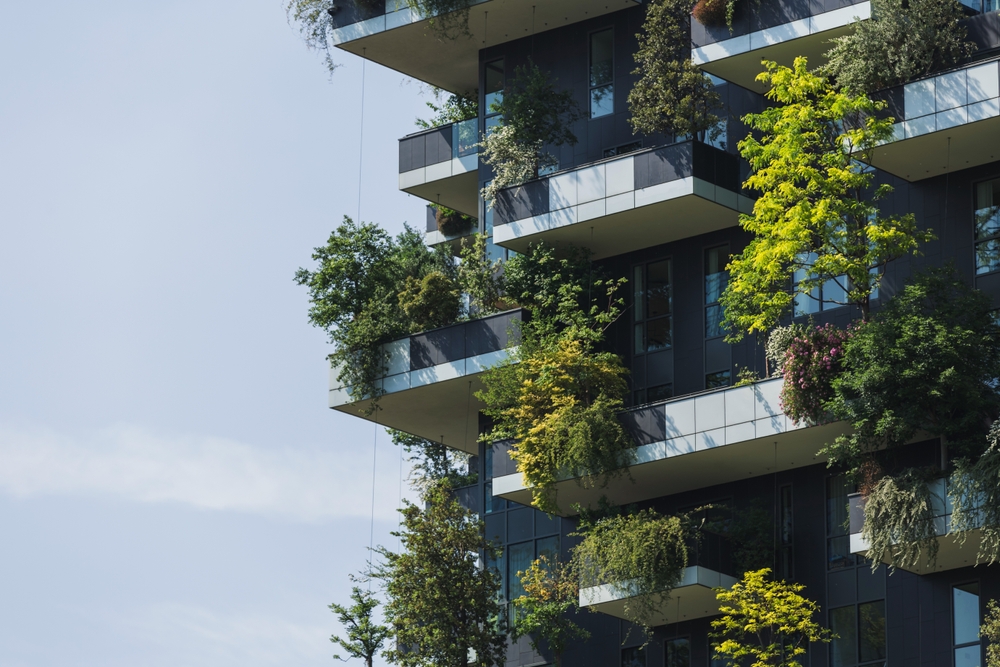Redefining Factory Workflows with Biophilic Design
Integrating nature-inspired elements into industrial spaces for enhanced productivity and worker well-being The concept of biophilic design, long associated with office spaces and residential architecture, is making significant inroads into the industrial sector. This innovative approach to factory design and layout is revolutionizing traditional notions of manufacturing environments, promising increased productivity, improved worker satisfaction, and a reduced environmental footprint. By incorporating natural elements and mimicking ecological processes, biophilic design is reshaping the very foundation of industrial operations.

Reimagining Factory Layouts
Traditional factory designs often prioritized efficiency at the expense of worker comfort and environmental considerations. Biophilic industrial design challenges this paradigm by integrating natural elements seamlessly into the production environment. This includes incorporating living walls, natural lighting systems, and water features into factory floors. Companies like Interface, a global flooring manufacturer, have pioneered these concepts, reporting significant improvements in worker productivity and reduced absenteeism.
Biomimicry in Industrial Processes
Beyond aesthetic improvements, biophilic design in factories extends to reimagining industrial processes themselves. By studying and emulating nature’s efficient systems, manufacturers are developing innovative approaches to resource management, waste reduction, and energy conservation. For instance, the circular layout of some biophilic factories mimics natural ecosystems, where the output of one process becomes the input for another, minimizing waste and maximizing resource utilization.
The Impact on Worker Well-being and Productivity
One of the most significant benefits of biophilic design in industrial settings is its profound impact on worker well-being. Studies have shown that employees in nature-inspired environments experience reduced stress levels, improved cognitive function, and increased job satisfaction. A landmark study by Interface found that workers in their biophilic factory reported a 15% increase in well-being scores and a 10% boost in productivity compared to traditional industrial settings.
Overcoming Implementation Challenges
While the benefits of biophilic design in industrial settings are clear, implementation comes with its own set of challenges. Initial costs can be higher than traditional factory designs, and retrofitting existing facilities requires careful planning. Additionally, maintaining living elements within an industrial environment necessitates specialized care and attention. However, companies like Toyota have demonstrated that these challenges can be overcome with strategic planning and a long-term vision for sustainability and worker welfare.
Environmental Benefits and Sustainability
Biophilic design aligns closely with broader sustainability goals in the industrial sector. By incorporating natural ventilation systems, rainwater harvesting, and energy-efficient lighting that mimics natural daylight cycles, factories can significantly reduce their environmental impact. These design elements not only lower energy consumption but also contribute to improved air quality and reduced carbon emissions, positioning companies as leaders in environmental stewardship.
Practical Strategies for Implementing Biophilic Design in Factories
• Start small: Begin with pilot projects in specific areas of the factory to test effectiveness and gather data
• Prioritize natural light: Install skylights or light tubes to bring natural illumination into the workspace
• Introduce plant life: Incorporate living walls or indoor gardens to improve air quality and aesthetics
• Mimic natural patterns: Use biomorphic forms and natural materials in factory layouts and equipment design
• Implement water features: Add small fountains or water walls to create a calming atmosphere and improve air humidity
• Optimize air flow: Design ventilation systems that mimic natural breezes and improve air circulation
• Create outdoor spaces: Develop green areas around the facility for breaks and informal meetings
• Use natural colors: Incorporate earth tones and nature-inspired color schemes in interior design
• Encourage views of nature: Position workstations to maximize views of outdoor green spaces or indoor natural elements
• Educate employees: Provide training on the benefits of biophilic design to foster appreciation and care for the new environment
As industries continue to evolve in the face of technological advancements and changing workforce expectations, biophilic design offers a compelling pathway to create more humane, sustainable, and productive manufacturing environments. By harmonizing industrial operations with natural principles, companies can not only enhance their bottom line but also contribute to the well-being of their workforce and the planet. The future of industrial design is green, and those who embrace this shift early stand to reap significant benefits in the years to come.





